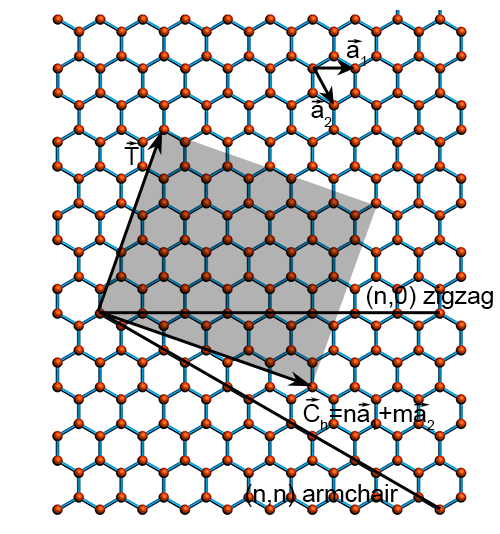
Carbon nanotubes are tube-shaped nanostructures of carbon with electrical, mechanical, and thermal properties that derive from the unique features of carbon bonds, their quasi-one-dimensional nature, and their cylindrical symmetry. These properties include very high elastic modulus, tensile strength, thermal conductivity, and electrical conductivity.
Because of their unique properties, carbon nanotubes have been considered potential candidates for various electrical, mechanical, and chemical applications. However, to use them commercially, many issues need to be resolved. One of the significant issues is the controlling of the chirality of carbon nanotubes during its synthesis. Chirality is a particular property of nanotube which describes how much it is twisted and is defined by two integer numbers, n and m, which are called chiral indices. Most of the essential electrical, mechanical and chemical properties of carbon nanotubes are dependent on the chirality of the nanotube. In this project, we particularly focus on the energetics and stability of nanotubes and attempt to relate these properties to nanotube chirality. With the combination of ab initio and model approaches, we ultimately seek achieving a better understanding of the basics of the nanotube growth process. process.
